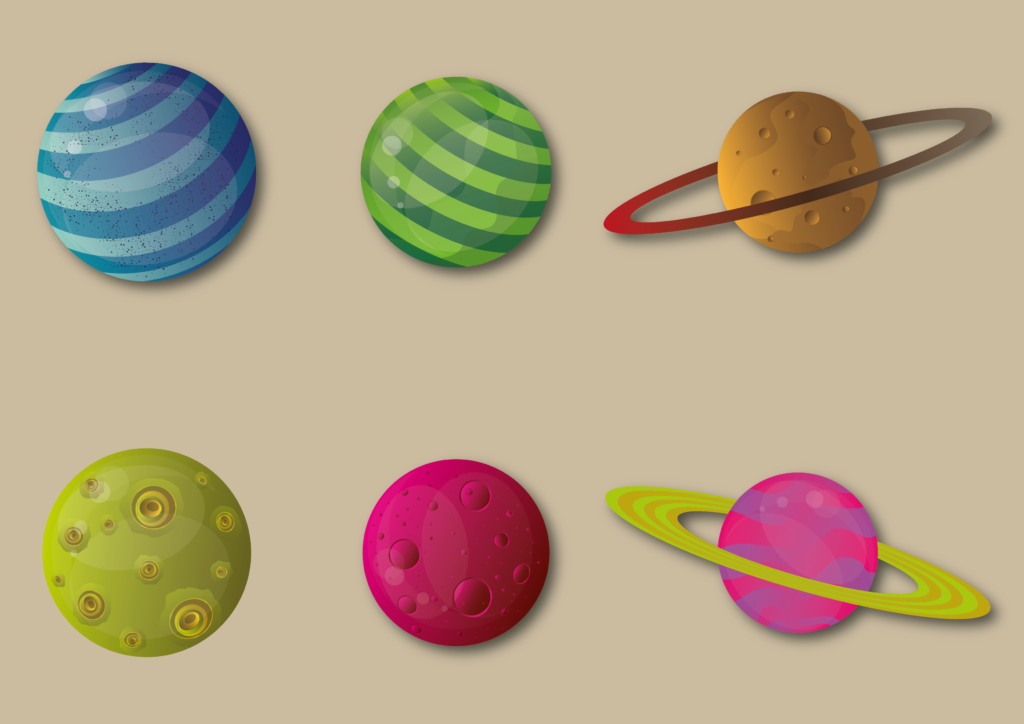Saturn Facts For Kids
Like Neptune, Saturn is a large gas planet made mostly of hydrogen and helium. It spins so fast that it has flattened out on the top and bottom and widened in the middle, by the equator, just like the Earth.
It doesn’t have a solid surface and being the second largest planet in our solar system it can be seen with the naked eye from Earth.
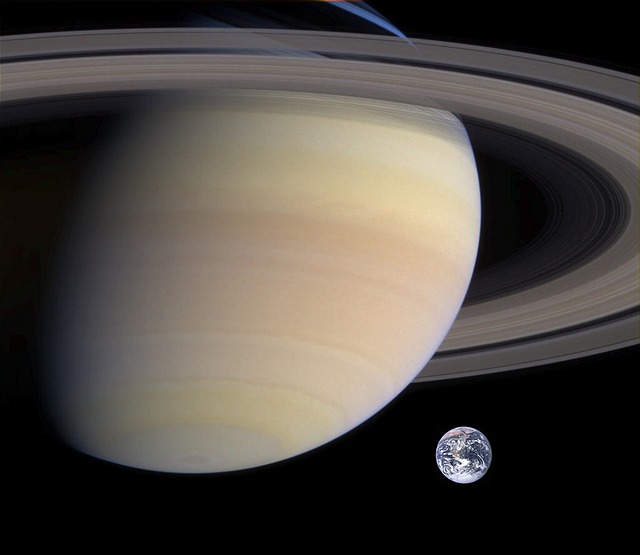
It is considered to be one of the most beautiful planets because of its awesome rings.
Let’s learn some cool facts about Saturn!
Quick Saturn Facts
- There isn’t a concrete surface on Saturn. The deeper you go, the more gases and liquids whirl around it.
- Of all the planets, Saturn has the lowest density. It is lighter than water.
- Saturn is the windiest planet in our solar system, which has winds that may reach speeds of up to 1,100 miles per hour.
- Saturn’s moon, Titan is characterized as a moon that resembles a planet and is believed to have a life on its own.
- Scientists are still unsure about the origin of Saturn’s rings.
- On Saturn, there are recurring storms named White Spots that are huge enough to be seen from Earth.
- Saturn is the King of the Moons, with 82 verified moons at present and a probability of them being more than that.
- Saturn inspired the naming of the day Saturday.
- On Saturn, a year is longer than 29 Earth years due to its sluggish orbital speed around the Sun.
- Saturn has its own clouds.
How was Saturn Discovered?
Saturn is named after the Roman god Saturnus, the god of agriculture and harvest. It was spotted by Galileo through his telescope in 1610.

He was surprised to see it had two objects on each side of the planet and he wasn’t sure what these were, he thought they were handles. How weird, having handles on a planet!
It was later in 1659 a Dutch astronomer called Huygens, using a more powerful telescope, saw there were rings surrounding the planet.
NASA (National Aeronautics and Space Administration) says there are seven rings made mostly of water ice with many gaps and spaces between them.
These rings vary in thickness in terms of the particles inside them. Some are tiny particles of dust and others are the size of a house.
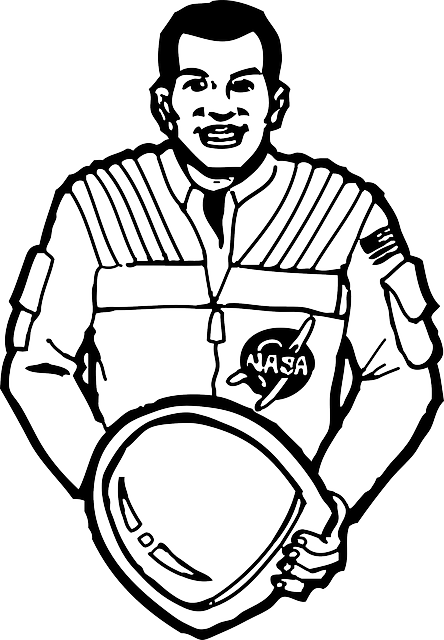
These particles are thought to come from old moons which used to circle the planet but were smashed up by comets and meteorites crashing into them.
The force of gravity then drew them into the rings that circulate the planet. Saturn’s magnetic field is very strong which means very high levels of radiation.
What about Saturn’s Rings?
Today we know that there is a distance of 3,000 miles (4,800 kilometers) between these rings which is called the Cassini Division.
The rings have a yellow or gold color which is from the rising heat from the planet’s interior combined with the super powerful winds which blow at 1,118 (1,800 kilometers) per hour.
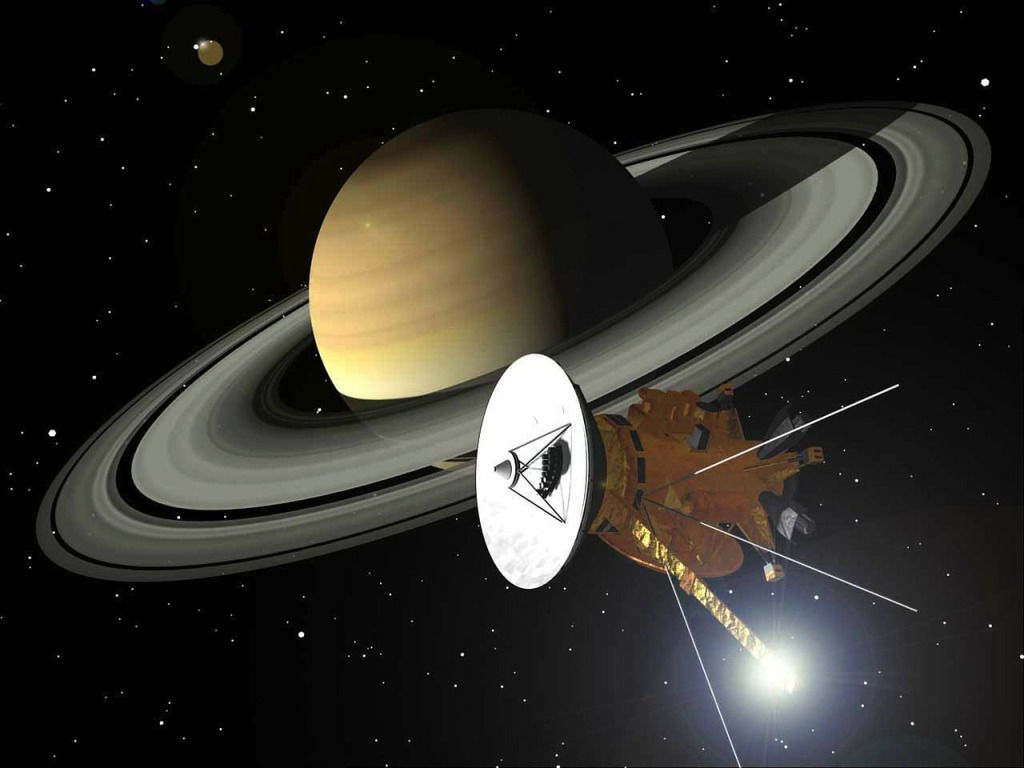
Saturn’s Moons
Saturn has at least 53 moons. Wow that’s a lot. Some of them orbit the planet within the rings and create gaps. They have wonderful names like Titan, Pandora and Calypso.
There are apparently another 9 moons which we’re waiting to hear if it’s true or not.
Some of these moons apparently have conditions that could support life, but the planet Saturn itself certainly can’t.
One of the icy moons called Mimas, which is currently being studied by NASA’s Cassini-Huygens mission, has either got a core shaped a bit like a football or it contains a liquid water ocean.
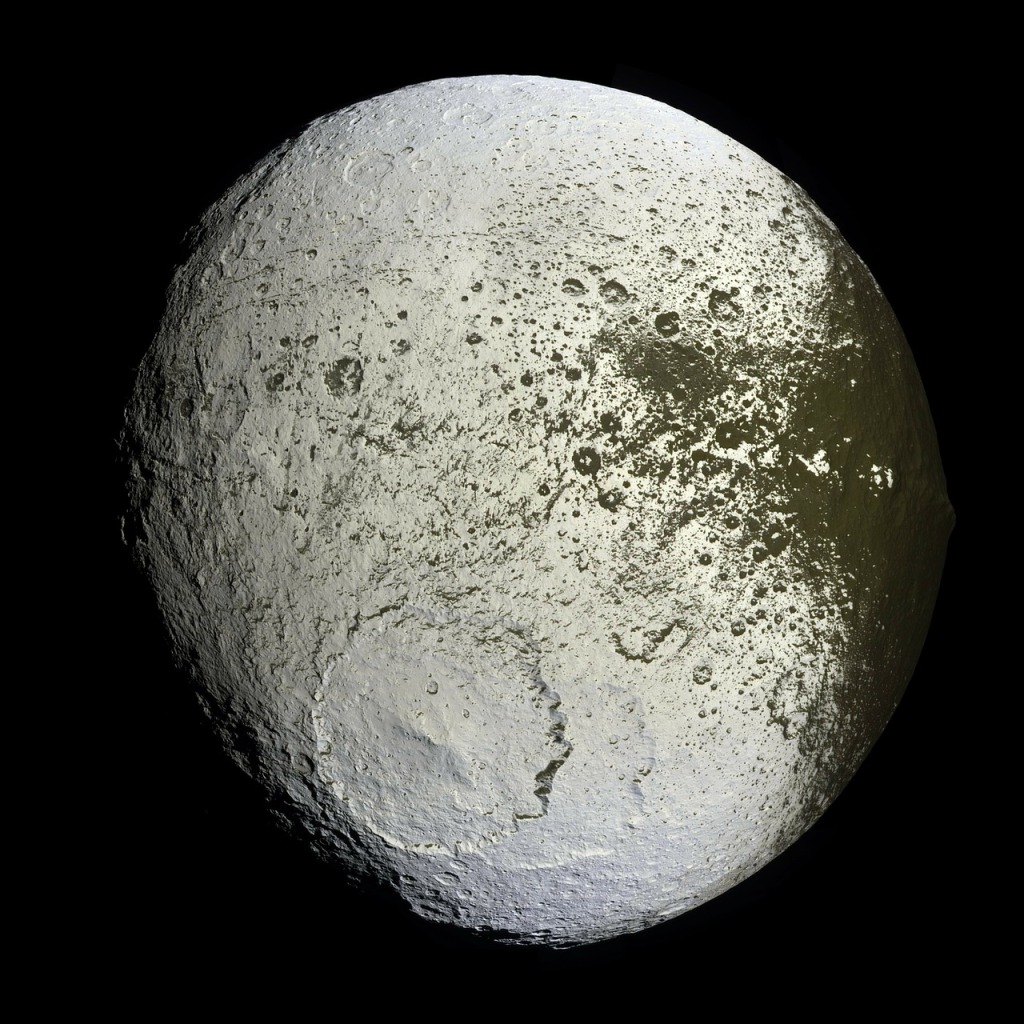
How does Saturn orbit the Sun?
Saturn orbits the sun and takes 29 Earth years to do so. One day on Saturn takes 10.7 hours – that is one rotation. It is the sixth planet from the sun which is about 886 million miles (1.4 billion kilometers) away.
A bit more on Saturn
In December 2010 the Cassini mission first detected a storm on Saturn which was still raging in June 2011. Wow, that’s one long storm to say the least.

The storm – complete with lightning and sound effects – completely wrapped the entire planet, was as wide as the earth and about 500 times larger than any previous storm since Cassini arrived at Saturn in 2004.
On Earth, storms happen frequently, but on Saturn things are quiet for years and then suddenly storms erupt violently. Apparently changing seasons and solar illumination affects the weather on Saturn.
NASA’s Hubble Space Telescope captured images in 1990 of an equally large storm.
And finally, if you could put Saturn in a glass of water it would float as its density is lower than the density of water – a pretty tricky exercise to prove!
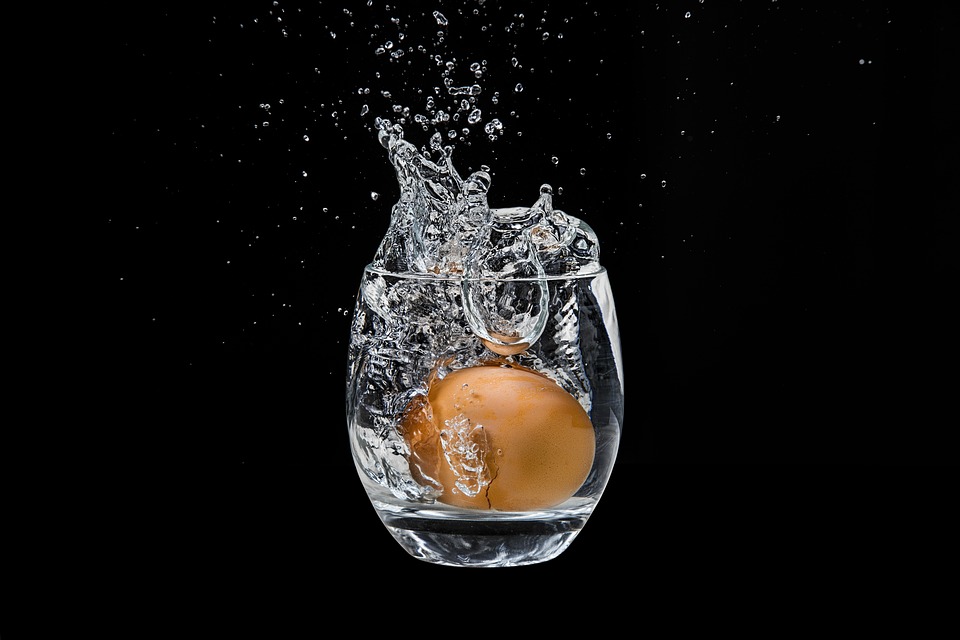
Interesting Facts about Saturn
Saturn is sometimes called “The Jewel of the Solar System.”
The rings are huge yet tiny: the main rings could cover almost the entire distance between Earth and the moon yet they are about half a mile (less than a kilometer) thick.
We now know that other planets have rings, but Saturn’s are the only ones that are visible from Earth even with a small telescope.
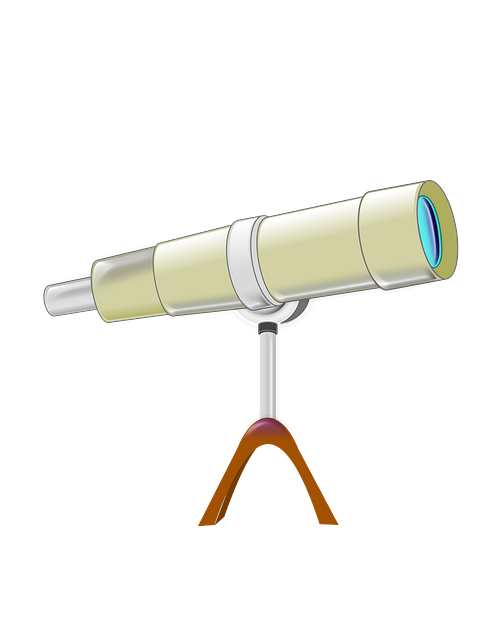
The Ringed Planet is so far away from the Sun that it receives only about 1/80th the amount of sunlight that we do here on Earth.
Useful Links
- Saturn article on National Geographic
- 50 Interesting Facts about Saturn on RandomHistory.com
